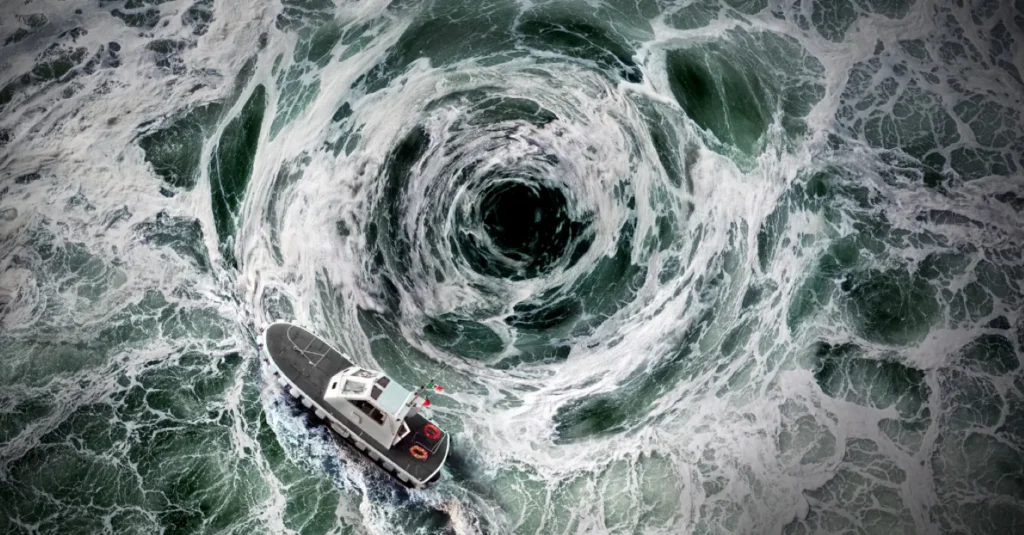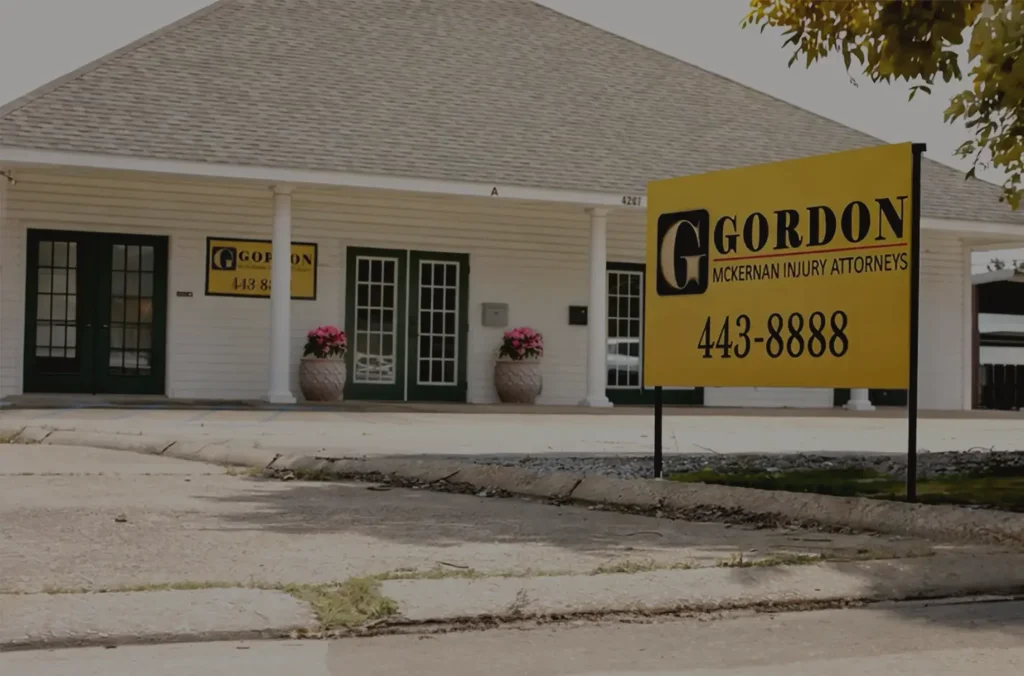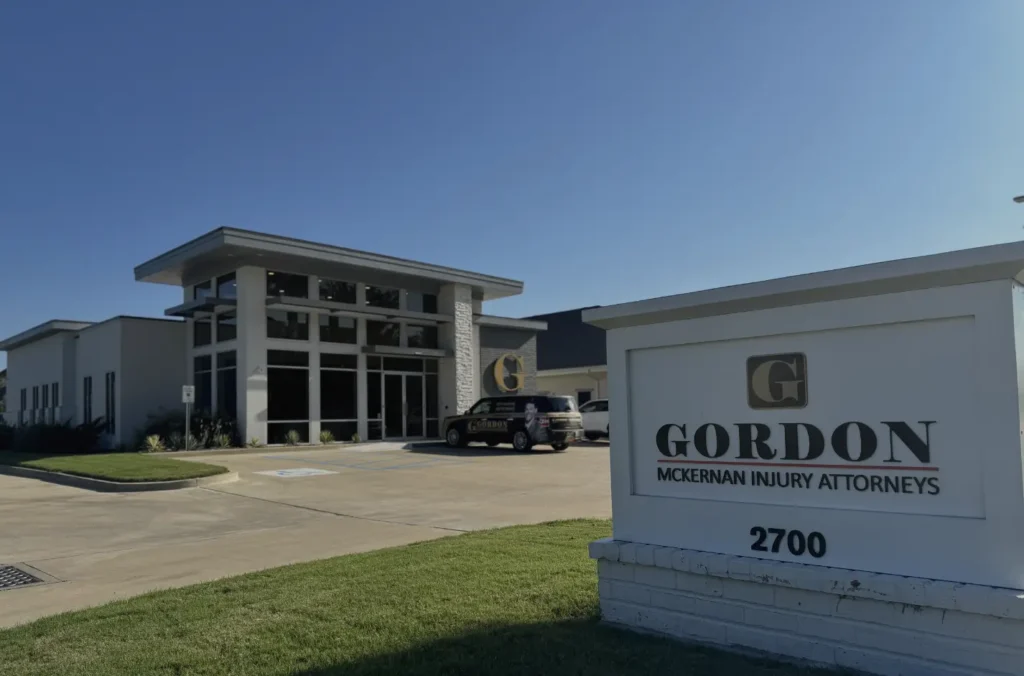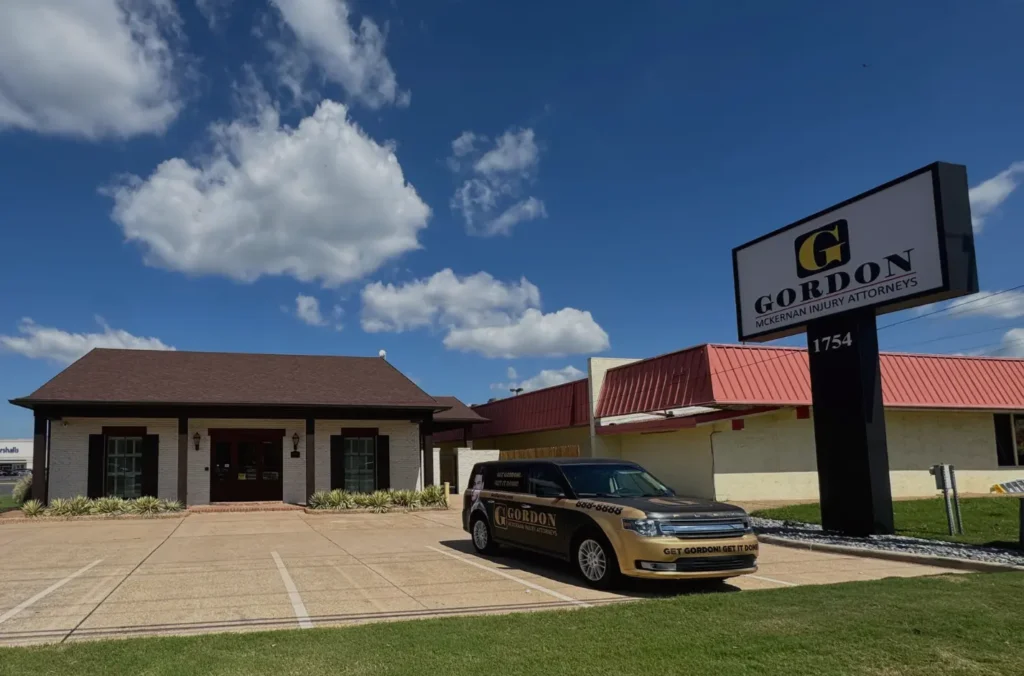What is a Maelstrom?

Ocean maelstroms have captured people’s attention for a long time. From ancient sailors’ tales to modern scientific discoveries, these underwater vortexes come with great awe and mystery.
Maelstroms are large rotating ocean currents, and their fascinating behavior and complex formation make them both intriguing and dangerous. While some maelstroms form due to temporary environmental conditions, others exist in areas that have been prone to them for hundreds of years.Maelstroms are often confused with whirlpools, but they differ in their size, formation, and the dangers they pose. While whirlpools are smaller, maelstroms can span from a few meters to several kilometers, sometimes becoming a major threat to vessels. If you or someone you know has been involved in a maelstrom maritime accident, Gordon McKernan Injury Attorneys can help you secure the compensation you deserve.
First Things First: Are Maelstroms Real?
Yes, maelstroms are real and can be dangerous. While not as deadly as ancient legends suggest, their powerful currents can threaten ships, making navigation difficult and even causing capsizing. Not all maelstroms pose the same risk; some span only a few meters, but factors like weather patterns and underwater features can intensify their strength in certain ocean regions.
How Do Maelstroms Form: What You Need to Know
Maelstroms form when tidal currents interact with the ocean floor topography, creating powerful spinning water. These currents, driven by the sun and moon, are compressed as they pass through narrow passages, producing rotating vortices.
Some regions, like the Saltstraumen in Norway, the Moskstraumen near the Lofoten Islands, and Scotland’s Corryvreckan whirlpool, have generated maelstroms for centuries due to their unique geological features.
What are Whirlpools in the Ocean?
Maelstrom whirlpools are similar to maelstroms but are smaller and less powerful. They form similarly to maelstroms but are often caused by underwater obstacles or changes in water depth.
Whirlpools can also be created by underwater caves or sinkholes. When water flows into these features, it can create a current strong enough to pull objects into the cave or sinkhole, posing serious risks to unsuspecting vessels.
Maelstrom vs Whirlpool: What’s the Difference?
Although people often use the words interchangeably, maelstroms and whirlpools are not the same thing. Here’s how they differ:
- Size: Maelstroms can span from several meters to kilometers in diameter, while whirlpools are typically much smaller.
- Causes: Maelstroms form when tidal currents interact with ocean floor topography, whereas whirlpools are usually caused by underwater obstacles, caves, or sudden changes in water depth.
- Power: A strong maelstrom can endanger even large vessels, while whirlpools are usually only hazardous to small boats.
- Duration: Maelstroms can persist in the same location for centuries, but whirlpools are short-lived and highly localized.
- Risk: Maelstroms pose the danger of maritime accidents and potential capsizing, while whirlpools carry more limited risks—though they can still trap smaller crafts.
In short: all maelstroms are whirlpools, but not all whirlpools are maelstroms. The term maelstrom is reserved for the largest and most powerful ocean vortices.
Are Maelstroms Dangerous for Maritime Workers?
Most modern vessels can withstand maelstroms, but powerful ones still pose catastrophic risks, even wrongful death. Ships caught in these swirling waters may be violently rocked, endangering passengers and crew. Maritime workers must recognize the signs of developing maelstroms to take action and minimize damage.
Maritime Safety Tips: How to Survive a Maelstrom
While modern ships are more resilient, knowing how to respond to a maelstrom can make the difference between a close call and disaster. Here are some key survival tips:
- Avoid high-risk areas: Study nautical charts and local advisories before traveling near known maelstrom zones.
- Stay alert to tidal patterns: Maelstroms are strongest during tidal shifts. Timing travel for slack tides can reduce risk.
- Reduce speed but maintain control: Slowing down helps maintain balance while still allowing maneuverability.
- Steer with the current, not against it: Fighting the spin can capsize a vessel; instead, angle outward with the flow.
- Secure crew and cargo: Prevent injuries by fastening loose items and ensuring all workers wear protective gear.
- Use communication tools: Alert the coast guard or nearby ships immediately if caught in dangerous currents.
By understanding both the natural science and the navigational strategies, maritime workers can reduce the risks maelstroms pose.
Maelstrom Wrongful Death: What You Should Do
If a wrongful death occurs due to a maelstrom accident, family members may file a lawsuit for compensation under Louisiana Civil Code 2315.2. The surviving spouse, children, parents, or siblings of the deceased may initiate a lawsuit.
The statute of limitations for filing a wrongful death claim is strict. The right to file a claim is passed down to heirs, but the statute of limitations remains the same.
Statute of Limitation Changes in Louisiana
Louisiana extended the statute of limitations for personal injury claims to two years for incidents on or after July 1, 2024, while earlier injuries still have a one-year limit. This “prescriptive period” sets the strict legal deadline for filing lawsuits in Louisiana.
Injured in an Offshore Accident? Gordon McKernan is Ready to Fight for You
If you’ve been injured in a maelstrom accident, it’s possible that preventive measures could have been taken. Call Gordon McKernan Injury Attorneys today for help from a team of experienced maritime lawyers. We’re ready to assist you and ensure that you receive the compensation you deserve.

Office Locations
Denham Springs Personal Injury Attorneys
163 Del Orleans Ave., Denham Springs, LA 70726
Gonzales Personal Injury Attorneys
220 S. Burnside Ave. Gonzales, LA 70737
New Orleans Personal Injury Attorneys
4241 Veterans Memorial Blvd, Suite 15 Metairie, LA 70006
Zachary Personal Injury Attorneys
4361 Main St. Zachary, LA 70791
© 2025 Gordon McKernan Injury Attorneys.











